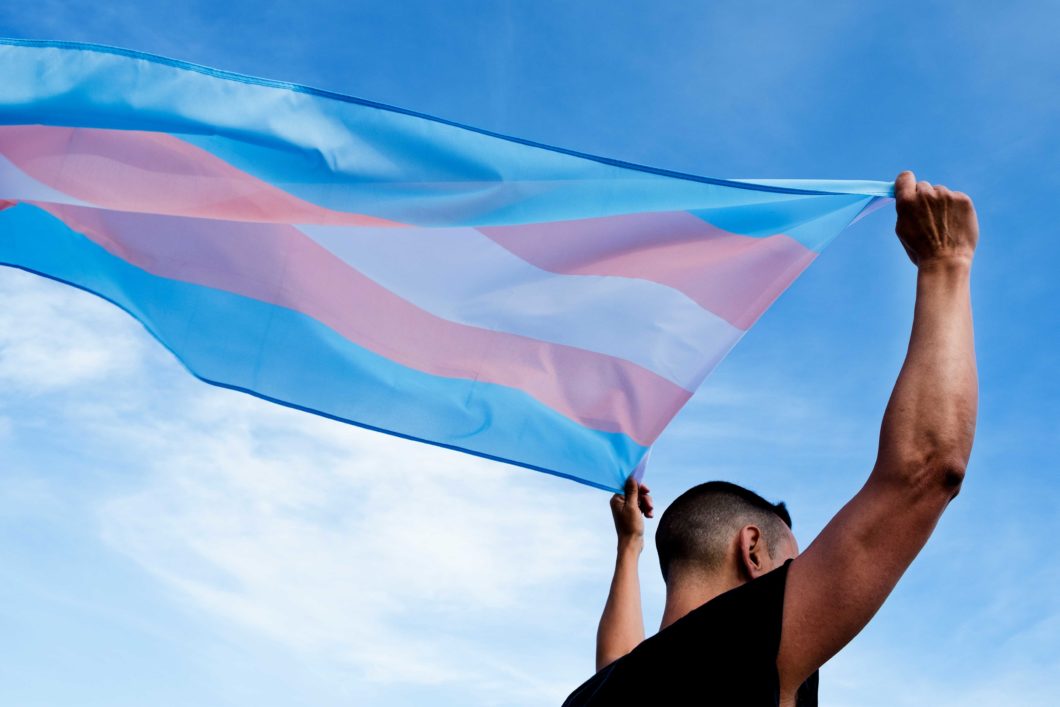Trans Dating Site Studies Coming Out Experience Among Users

Keegan (they/them) is a journalist/artist based in Los Angeles.
While many hope that LGBTQ inclusion eventually builds to a point where it is no longer necessary, coming out is still an essential experience of many in the community. Ahead of National Coming Out Day on October 11, the trans woman-centered dating site My Transgender Date facilitated a study with their user base (trans women and trans-oriented men) about their coming out experiences and came to a number of notable findings.
The study asked respondents, all members of My Transgender Date, from all over the world to answer a series of questions related to coming out. There were 5,518 unique answers, with 64.5 percent of respondents identifying as trans-oriented men and 35.5 percent as trans women over 136 different countries. They divided the results into seven significant results:
1. Trans women are three times more likely to come out than trans-oriented men.
Of those surveyed, the study found that 84 percent of trans women are out, while the same was true for 25 percent of trans-oriented men. Additionally, 42 percent of trans-oriented men said they will not, or cannot, come out.
The study notes that “coming out isn’t really a choice” for trans women. For trans-oriented men, this looks different, as sexual orientation and sexual preference is generally easier to hide than gender identity, the study notes. Some respondents also note that there is no need to come out, as their sexual orientation is still heterosexual, and their attraction to only women, cis or trans, doesn’t alter that.
2. Friends and mothers are the favorite people to come to first.
The study noted that 41 percent of trans women came out to their mothers first, followed by friends at 27 percent. Trans-oriented men came out to their friends first at 47 percent, followed by mothers at 15 percent. The study notes this is likely due to trans women feeling less susceptible to a violent or unwelcome response around masculinity, or the “macho mentality,” that might be more likely when having this discussion with a cis man.
3. One in 10 closeted respondents declare wanting to come out to their spouse first
The study authors note that of trans women and trans-oriented men who are not yet able to express their true selves, many still accept they may have to lead a heteronormative life, or double life.
4. Trans women come out at a younger age compared to trans-oriented men
The majority of trans women surveyed came out during childhood or in their young adult life (82 percent prior to age 30), and the majority of trans-oriented men came out later in life (75 percent between ages 19-39). The study attributes the different to gender identity versus sexuality, as trans women may discover they are trans early on, while trans-oriented men often find out more about their preferences for cis and trans women when they naturally begin to explore their sexualities. The numbers also vary when country is taken into account.
5. There are negative consequences to coming out (for some)
The findings note that one in four trans women who have come out lost their job or a job opportunity, one in four trans women who have come out lost family, one in five trans-oriented men who have come out lost family, and one in three total respondents who have come out lost friends (31 percent for trans women and 28 percent for trans-oriented men).
6. Closeted respondents have high fears of coming out
Across the board, the majority or near-majority of respondents expressed concerns over coming out, with one in two closeted trans women afraid to lose their job or a job opportunity due to their gender (49 percent), one in two closeted respondents afraid to lose friends (49 percent for trans women, 57 percent for trans-oriented men), and two in five closeted respondents afraid to lose family (42 percent for trans women, 47 percent for trans-oriented men).
7. Coming out is not as bad as people expect
While much of the study notes the challenges surrounding coming out as a trans woman, essentially doubling down on that conclusion in examining the prevalence of trans-misogyny among circles of straight cis men who are honest about their attraction to trans women, it ends comparing the negative expectations of those in the closet with respondents who have come out.
While 31 percent of closeted respondents are afraid of losing their job or a job opportunity, only 20 percent of out respondents actually did. Fifty-six percent of closeted respondents are afraid of losing friends, when only 30 percent of out respondents actually did; 45 percent of closeted respondents are afraid of losing family, when 24 percent of respondents who came out actually did; and 30 percent of closeted respondents said they think they would regret their decision to come out, when only 6 percent who came out actually regretted it.
—
My Transgender Date concludes the study with positivity, noting that the expectations of coming out were often far worse than the actual experience of people who have come out. They also note that the survey was limited to the site’s user base and asks readers to take the data as it is, inviting others to continue to analysis and conversation as well.
What's Your Reaction?
Keegan (they/them) is a journalist/artist based in Los Angeles.










